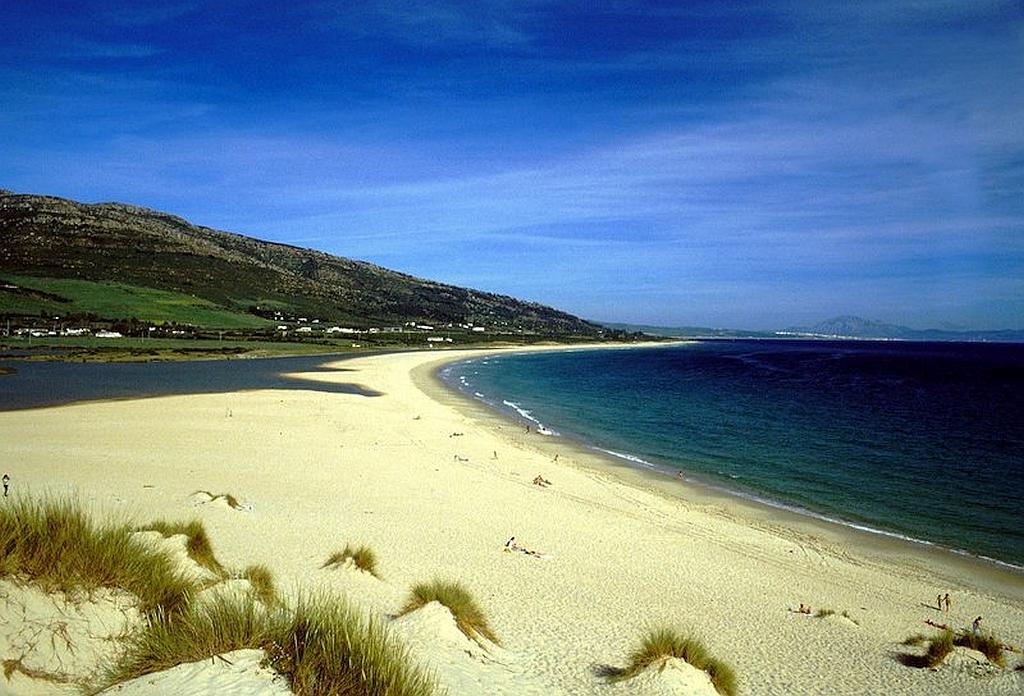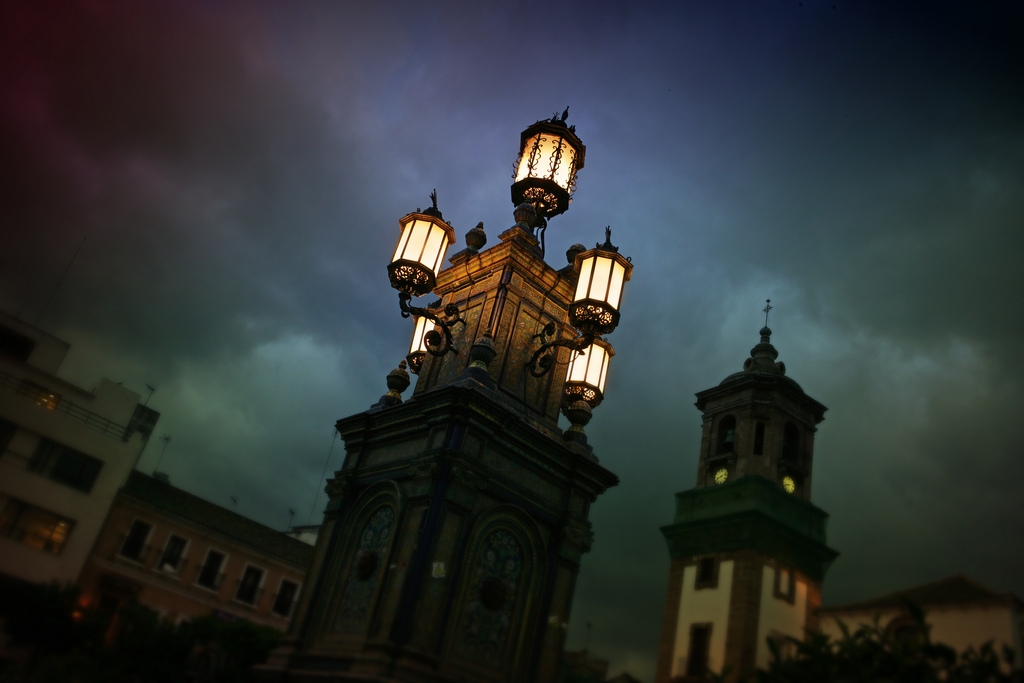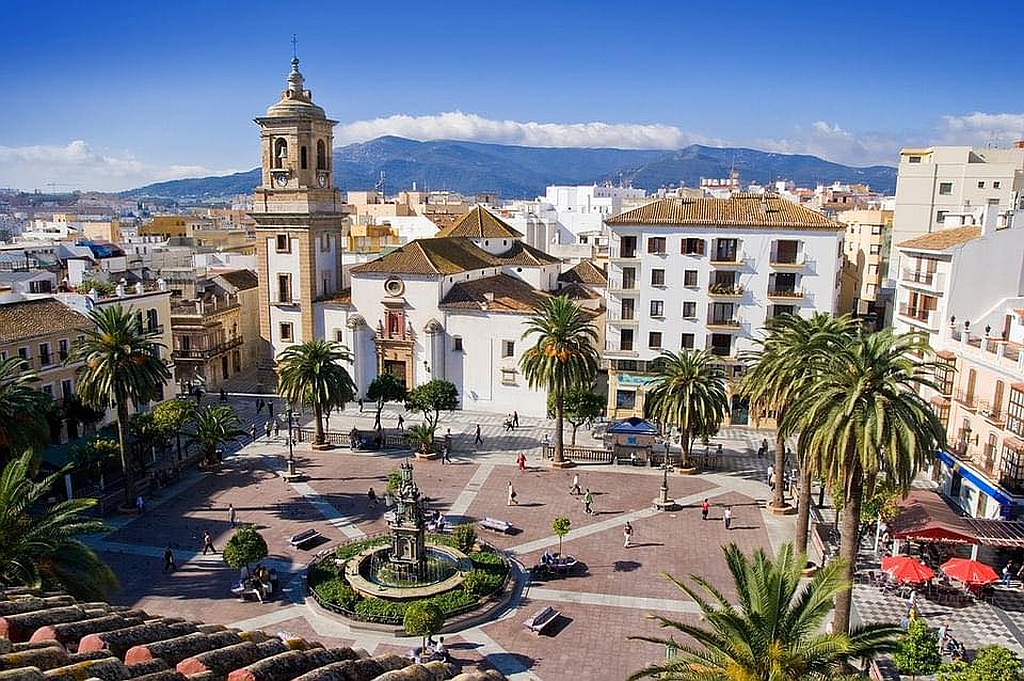Algeciras, the largest town in the Campo de Gibraltar region, sits proudly in the Bay of Algeciras. With its strategic location as Spain’s most prominent seaport and a cultural hub that bridges continents, Algeciras offers visitors a unique blend of history, architecture, and vibrant Andalusian life. From its ancient origins to its role as a bustling port city, Algeciras reveals layers of history shaped by Roman, Islamic, and Spanish influences. So, lets take a look at Algeciras: Gateway to the Mediterranean and Historic Heart of the Campo de Gibraltar
Origin, Geography, and Climate of Algeciras
The city traces its origins to Ilulia Traducta, a Roman settlement from the 1st century. Its strategic location encouraged maritime trade that extended to ports across the Mediterranean. The city rose to further prominence in 712 AD, becoming Al-Yazirat Al-Hadra, the first Arab city on the Iberian Peninsula. During the Middle Ages, Algeciras served as the entry point for various Islamic invasions of the Iberian Peninsula, marking it as a pivotal historical site in Andalusian history. The town was later repopulated in 1704 by refugees from Gibraltar and gained official municipality status in 1755.
Today, over 80% of Algeciras is dedicated to natural, protected areas, with vast stretches falling under Los Alcornocales Natural Park and Estrecho Natural Park. These regions offer unparalleled biodiversity and are ideal for nature enthusiasts.

Algeciras enjoys a mild, temperate climate, shaped by its proximity to both the Mediterranean and Atlantic. Its average temperature hovers around 21°C, making it an inviting destination for year-round visitors.
Staying in Algeciras?
We stayed in the fantastic Reina Christina hotel. Reina Cristina was originally opened in 1901 and houses ancient ruins, such as parts of an 8th-century Mosque and a Moorish well. It has indoor AND outdoor swimming pools.
Getting to Algeciras
Reaching Algeciras is convenient due to its strong transport connections, making it a crucial gateway between Europe and Africa.
Just fill out the dates in the OMIO search box to find the best way to get to Algeciras.
- By Air: The nearest major airports are Gibraltar Airport (about 20 km) and Málaga Airport (around 120 km). Both offer international flights and easy access to Algeciras via bus or car.
- By Train: Algeciras is linked to cities like Ronda, Granada, and Madrid through direct train routes. The train journey offers picturesque views of Andalusia’s landscapes, enhancing the travel experience.
- By Road: Algeciras is well-connected by major roads, including the A-7 motorway, which links the city to other parts of the Costa del Sol and Andalucía. Buses are available from major Spanish cities and towns in the region.
- By Ferry: A significant port city, Algeciras operates frequent ferries to Morocco and Ceuta, making it a preferred transit point for travelers heading to North Africa.
Economy and Port Influence
The city’s economy revolves around its port, a vital hub in the Mediterranean, ranking first in container traffic. Algeciras has experienced rapid economic growth, driven by both the port’s expansion and its role as a logistical bridge between Europe and Africa. Industries such as chemicals, metallurgy, and a growing tourism sector contribute to the city’s prosperity.

Monuments and Places of Interest
Algeciras’s diverse monuments narrate its past, from Roman times through its Islamic period to the present day. Here are some highlights:
- Torre del Fraile: This 16th-century tower once played a crucial role in coastal defense, providing communication between Tarifa and Algeciras. Today, it stands above the picturesque Cala Arena Bay, an evocative reminder of Philip II’s reign.
- San Nicolás Roman Salting Factory (1st Century): Located in the Old Town, this site illustrates the city’s early maritime economy. It’s one of the best-preserved salting factories in Hispania, offering insights into Roman industrial practices.
- El Rinconcillo Roman Ovens: This site includes two well-preserved circular ovens thought to be part of an amphora-making complex for Portus Albus, a testament to Algeciras’s Roman legacy.
- Aljama Mosque Remains (8th Century): Housed inside the Hotel Cristina, these ruins are the last remnants of Algeciras’s Islamic period, providing a unique glimpse into the architectural heritage of Al-Yazirat Al-Hadra.
- Plaza Alta and Nuestra Señora de la Palma Church: The central Plaza Alta showcases Andalusian charm, with intricate tilework and fountains. The church of Nuestra Señora de la Palma, a blend of late Baroque and Neoclassical styles, offers a glimpse of the city’s architectural heritage dating back to 1723.
- Food Market (Mercado Central): Built in 1935 by architect Eduardo Torroja, this avant-garde structure was one of Spain’s architectural marvels of its time. It remains an active marketplace and a fascinating example of early 20th-century design.

Local Gastronomy
Algeciras’s cuisine reflects its Andalusian roots and coastal bounty. Seafood is at the heart of its culinary identity, often combined with traditional Andalusian flavors. Some must-try dishes include:

- Gazpacho: A refreshing cold soup that’s ideal during the hot months, made from tomatoes, peppers, cucumbers, and olive oil.
- Pescaíto Frito: Fried fish, a regional favorite, typically served with a splash of lemon.
- Patatas con Sepia (Potatoes with Cuttlefish): A comforting dish combining tender cuttlefish and potatoes, often seasoned with local herbs.
- Ortiguillas (Battered Sea Anemones): A local delicacy that might surprise visitors with its unique, briny flavor and crispy texture.
- Caballa con Hierbabuena (Mackerel with Pennyroyal mint): A distinctive Algeciras dish that blends fresh mackerel with the aromatic herb, creating a memorable flavor profile.
Events and Festivals
Algeciras celebrates numerous events throughout the year, with a range of cultural and religious festivals that bring color and life to the city.
- Cavalcade of the Three Wise Men (January 5): In this lively parade, children drag tin cans through the streets to ward off the legendary “Giant of Botafuegos,” ensuring clear skies for the Three Wise Men’s arrival.
- Carnival (February 20-22): A celebration with deep local roots, the carnival brings colorful costumes, parades, and gastronomy to the city’s neighborhoods.
- Semana Santa (Holy Week) (April 5-12): This solemn and visually stunning religious event includes processions and ceremonies throughout the city, reflecting centuries-old traditions.
- Royal Fair of Algeciras (June 20-28): Declared of National Tourist Interest, this nine-day fair features bullfights, concerts, parades, and performances. Originating as a livestock fair, it has become Algeciras’s biggest celebration.
- Tosantos Festivity (October 31): Locals gather at the food market to buy roasted chestnuts, dried fruit, and sugar cane before enjoying the seasonal treats in the Plaza Alta.

Ronda Today
Everything you need to know before you visit Ronda “The city of dreams” in Andalucia. https://www.rondatoday.com/
Visit Cádiz
Planning on visiting Cádiz? Tourist information. Monuments. Hotels. Activities. City guides: https://visitingcadiz.com/
The Caminito del Rey
Find tickets for the Caminito del Rey: https://www.caminodelrey.es/
Wildside Holidays – Spain
Take a trip on the Wildside! Discover the wildlife and nature of Spain, its Natural and National Parks and find the top wildlife, activity and walking holiday companies.
Iberia Nature Forum
Struggling with identifying those bugs and beasties? Why not check out the Iberia nature Forum! https://iberianatureforum.com/
I’ve been living in this lovely area of Western Andalucia for the last 20 years or so and dedicate most of my time to the running of English language tourist information websites for the towns of Cádiz, Ronda, Grazalema, the famous or infamous Caminito del Rey, and also Wildside Holidays, which promotes sustainable and eco-friendly businesses running wildlife and walking holidays in Spain. My articles contain affiliate links that will help you reserve a hotel, bus, train or activity in the area. You don’t pay more, but by using them you do support this website. Thankyou!
